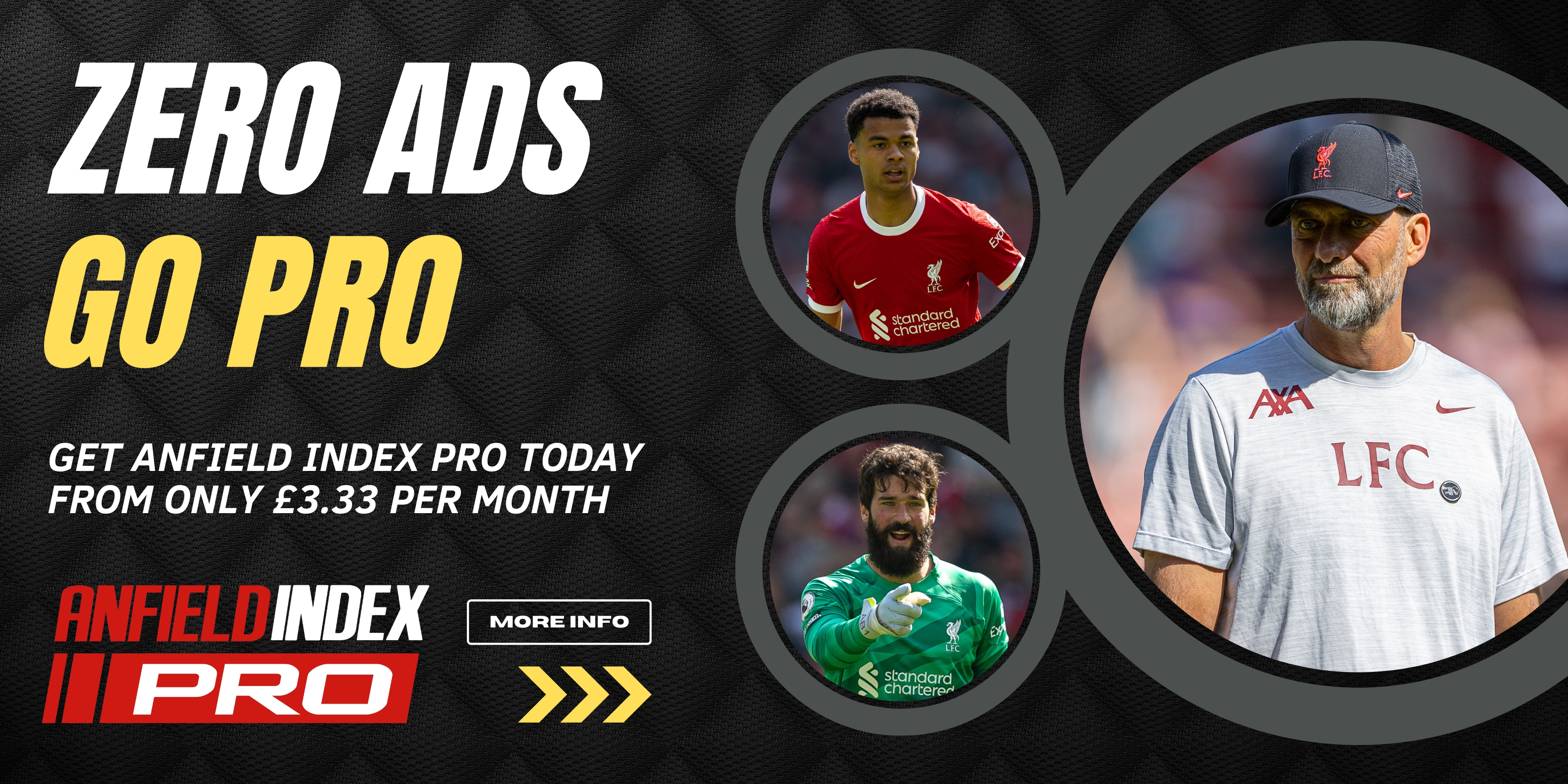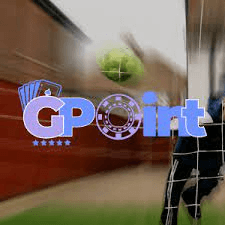These words were written to accompany the following graphic, and provide further context to the data.
Who loses the ball the most?
Who's good at keeping it? pic.twitter.com/mm6xq6qzqX— AIUnderPressure (@AIUnderPressure) December 2, 2016
Working Out
The first important piece of context regarding this graphic is that it’s not based on passes. It’s based on losses of possession due to a poor touch or an unsuccessful dribble.
The numbers were calculated by dividing losses of possession by total touches. As the graphic says: it indicates ball retention by looking at the number of touches per lost ball, so the higher the number, the better.
Or, put another way: the lower the number, the more often the player loses the ball.
Caveats
When it comes to ball retention, it’s important to look at which position the player operates in and which role they play from this position. Jurgen Klopp’s team have become so well oiled during his time at the club that players often switch positions to cover for their team-mates.
This might be because one player has left his position to close the opposition down, as per the manager’s instructions, or because they’d been involved in an attacking move which warranted them straying to a different area of the pitch.
Klopp has said that his team don’t have a set formation when attacking, which means that although players have a starting point, they’re free to swap positions.
Assistant manage Željko Buvač is also a fan of this Total Football style attacking play, and coaches the players to know the quickest way to recover their shape after an attack has broken down.
In one game early in the 2016/17 season, James Milner, Jordan Henderson, and Emre Can all played in the left full-back berth within a period of about five minutes, with the other two taking up positions in midfield.
All of this needs to be taken into account when judging players on the amount of times they lose the ball.
Nitty Gritty
Ignoring the defence, you’d expect the player who loses possession the least to be the deepest lying midfielder. In this case Jordan Henderson.
This is because their job is to recycle possession and they rarely dribble with the ball. To put Henderson into context, he averages less “take-ons” per 90 minutes (0.23) than ball-playing centre-back Joel Matip (0.27).
It’s Henderson’s job to recycle possession, keep the ball, and win it back. The numbers show that he does a good job of keeping the ball, or at least not losing it! They also suggest that he’s responsible when it comes to not being tempted to dribble out as he’ll always look for a pass.

At the beginning of the season Liverpool played with two attacking midfielders — often Adam Lallana and Georginio Wijnaldum. Their formation was a cross between 4-3-3 (4-1-2-3) and 4-1-4-1, as the more advanced central players would burst forward to be level with the wide attacking players Philippe Coutinho, and Sadio Mané.
As a result you’d expect these attacking midfielders to lose the ball more, as they’ll naturally come up against opposition defenders more regularly, and be inclined to dribble more.
This is the general theme: the further forward the player, the more they will lose possession (there is one player who doesn’t fit this rule, but more on him later).
As the season has progressed, Lallana has maintained his advanced position, but the midfielder alongside him has dropped back.
Emre Can
This move might have been to combat the defensive problems and inability to keep clean sheets, but it might also have been because Can returned to the side.

The young German is much better when powering forward from deep, running into space with the ball before finding a team-mate. He’s Liverpool’s Yaya Toure…
The role Can plays between Henderson and Lallana should mean that he loses the ball less than Lallana, but more than Henderson — simple. Looking at the graphic, this matches the data. Lovely stuff.
Can will also dribble more than Henderson because of the box-to-box role he plays, and also because there will often be space in front of him to run into, especially when playing against teams who park the bus. This is one of Can’s strengths, and also fits with the Yaya comparison!
Wijnaldum’s number also reflects this, as he’s played both the attacking role and more recently the intermediary one so is between Can and Lallana on the list.
High Risk in Attack
The next group of players — the attackers — would be expected to lose the ball the most.
Attacking play is high risk, and it requires great vision, technique, and skill to maintain possession in the final third.
Daniel Sturridge is up there with the players who you’d expect to lose the ball the most, but on the quiet he also has the ability to drop a little deeper and link up the play.
He also likes to shoot, coming in just behind Coutinho (4.6) in number of shots per 90 minutes with 4.5. Shooting doesn’t count as lost ball so this, coupled with his occasional link up play, might go some way to explaining why Sturridge doesn’t top the list (though Origi is another story!).
Divvy is actually at 6 but I thought it looked a little mean
— SimonBrundish (@SimonBrundish) December 2, 2016
Of the wide players, Coutinho is the playmaker, and Mané is the wing-forward.
The Brazilian will cut inside either to shoot or to play an angled through ball to a teammate. He’ll also regularly lay the ball back to a midfielder or full back if there’s nothing on ahead of him and he doesn’t fancy letting off one of his trademark shots from distance.
As a result, you might expect Coutinho to lose the ball less, though he still likes to try to beat a man if given the chance.
Mané on the other hand will regularly look to take his man on. He’s the most direct player Liverpool have had since Luis Suarez, and while he’s suffering a slight dip in form, it might be harsh that recent judgements of him are based on his early levels which were in player-of-the-season territory.
As a result of his style of play, and seeing as he’s the most attacking player in the team who regularly drops into the centre forward position, it makes sense that Mane loses the ball more than any other player.
Roberto Firmino
But if we’re going by the earlier rule it should be the striker, Firmino, who loses the ball the most, but he doesn’t, and this was probably the main takeaway from this graphic.
As the central attacking player Firmino probably has the toughest task when it comes to keeping possession, so that he’s similar to Coutinho when it comes to this statistic is testament to how well he plays in the role he has.
His role is that of a complete forward. He’s not a false nine but at the same time he’s not an out-and-out striker. More recently he’s been doing an excellent job holding up play as a target man, while he’s also adept at Coutinho-esque playmaking all over the pitch.
He’ll run into channels, get his head on things, drop deep allowing Mane to become the striker, and also make runs across defenders when he needs to be the poacher.
If he spends some of his time deep, then this might explain why he loses the ball less, but when he’s taking touches of the ball and taking players on, he’s still likely to be in heavy traffic.
Maybe this just reinforces the idea that Firmino is a rare example of a raumdeuter, finding space on the pitch in attacking areas where other players can’t.
Summary
The rule that the further forward the player, the more they will lose possession generally stands up, but the players who stray from this rule on first glance provide the points of interest.
The data accurately matches the tactics in that they reflect Liverpool’s staggered midfield and also pick up on Firmino’s fairly unique role.
They concur that Henderson is the player who should lose the ball the least and, taking into account the anarchic Firmino, that Mané is the player who should lose the ball the most.
They even pick up on Wijnaldum’s use in the different roles in between Can and Lallana, though this may just be coincidence!














